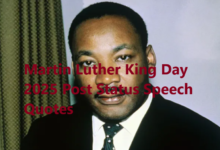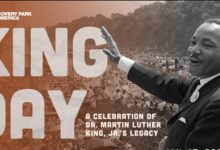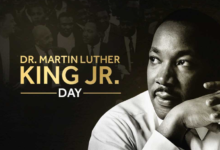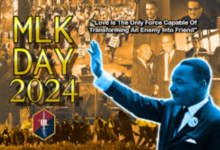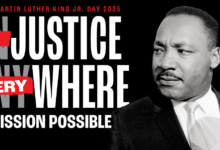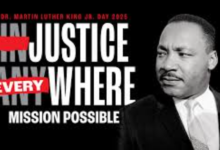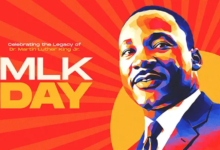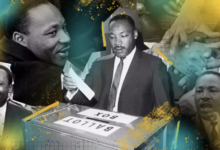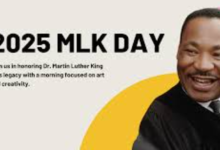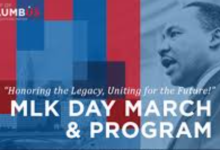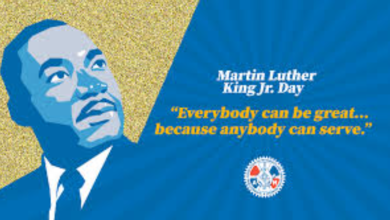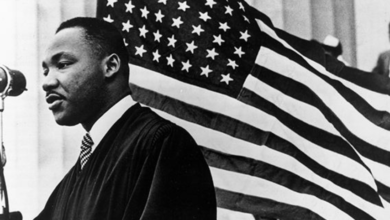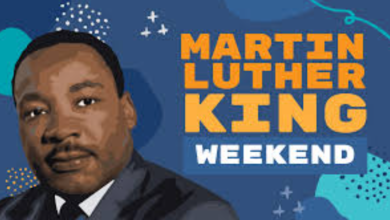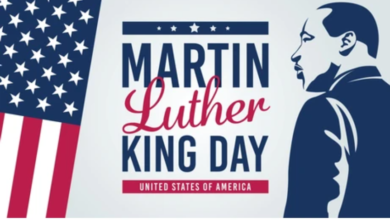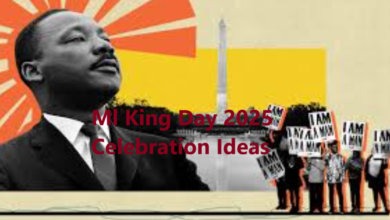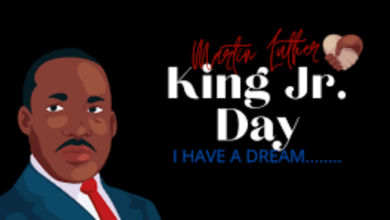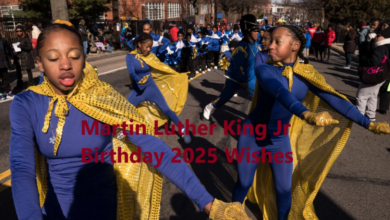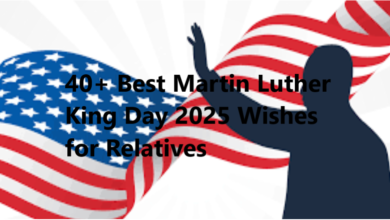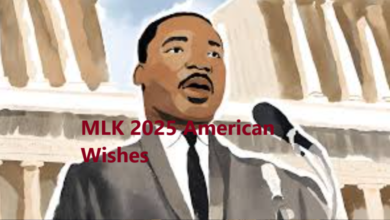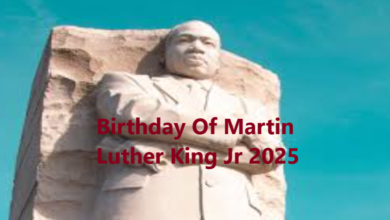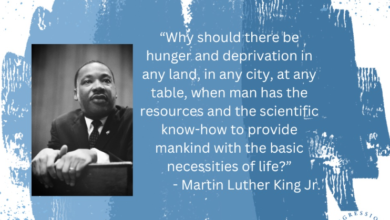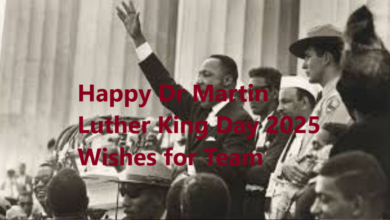Martin Luther King Jr Essay
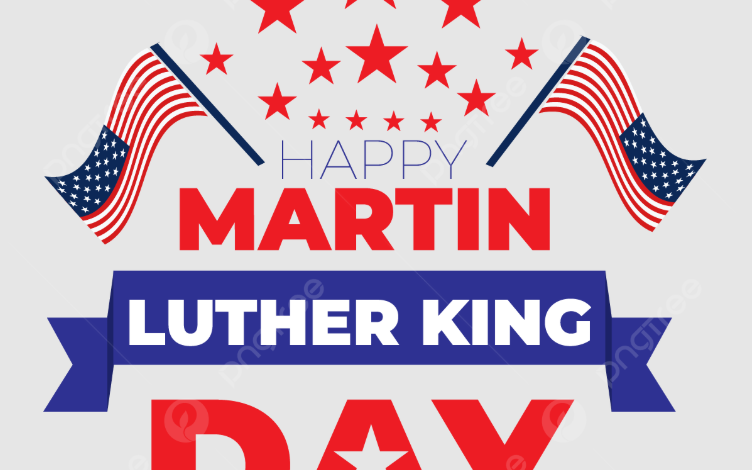
Martin Luther King Jr. is a name synonymous with justice, equality, and the fight for civil rights. His life and work have left an indelible mark on the United States and the world at large, sparking movements for social change and inspiring countless individuals to stand up against injustice. But who was Martin Luther King Jr., and what made him one of the most influential figures of the 20th century?
This essay dives deep into King’s legacy, exploring his life, his leadership of the Civil Rights Movement, the philosophy of nonviolence he championed, and the lasting impact of his work. Whether you’re a student writing a report or simply someone seeking to learn more about this remarkable individual, this blog provides a comprehensive look into King’s life and why his message still resonates today.
Who Was Martin Luther King Jr.?
A Humble Beginning
Born on January 15, 1929, in Atlanta, Georgia, Martin Luther King Jr. grew up in a segregated South where systemic racism affected every facet of daily life. He was the son of Reverend Martin Luther King Sr. and Alberta Williams King, instilled with values of faith, hard work, and a deep belief in equality from an early age.
King graduated with a degree in sociology from Morehouse College at the young age of 19. He went on to earn a Bachelor of Divinity degree from Crozer Theological Seminary and later completed his doctorate in theology from Boston University. It was during his time in school that King studied and was profoundly influenced by the teachings of Mahatma Gandhi and his nonviolent resistance movement.
These formative experiences would lay the foundation for King’s commitment to social justice and peaceful protest—a philosophy that became central to his role in the Civil Rights Movement.
Champion of the Civil Rights Movement
King rose to national prominence in 1955 during the Montgomery Bus Boycott, sparked by Rosa Parks’ arrest for refusing to give up her seat to a white individual. King, then just 26 years old, was chosen to lead the Montgomery Improvement Association. His eloquence, moral conviction, and ability to unite people quickly made him the face of the budding Civil Rights Movement.
This was just the beginning. Over the next decade, King would lead countless marches, give transformational speeches, and face unrelenting threats, jail time, and physical attacks—all in pursuit of equality and justice for African Americans and other marginalized groups.
King’s Philosophy of Nonviolence
The Influence of Gandhi
At the heart of Martin Luther King Jr.’s activism lay his unwavering belief in nonviolent resistance. Inspired by Mahatma Gandhi’s successful use of nonviolence in India’s struggle for independence, King saw nonviolent protest as a way to achieve civil rights without perpetuating cycles of hate and violence.
King believed that nonviolence could do more than achieve political rights—it could transform relationships between races. Peaceful resistance aimed to “win over” opponents rather than destroy them, fostering understanding and reconciliation instead of animosity.
Real-Life Applications
When we think of nonviolent resistance today, some of King’s most impactful demonstrations come to mind:
- The Montgomery Bus Boycott (1955-1956): A 381-day peaceful protest that ultimately led to the desegregation of Montgomery’s public buses.
- The March on Washington for Jobs and Freedom (1963): Where King delivered his iconic “I Have a Dream” speech to over 250,000 attendees.
- Selma to Montgomery Marches (1965): Peaceful marches highlighting the demand for voting rights despite brutal opposition.
These actions were monumental in advancing civil rights legislation, including the Civil Rights Act of 1964 and the Voting Rights Act of 1965.
The Iconic “I Have a Dream” Speech
One of the most defining moments of King’s career—and perhaps all of American history—was his “I Have a Dream” speech delivered at the March on Washington on August 28, 1963. Before a vast crowd of demonstrators gathered at the Lincoln Memorial, King shared his vision of a racially integrated and harmonious society.
His words, “I have a dream that my four little children will one day live in a nation where they will not be judged by the color of their skin but by the content of their character,” have become immortalized as one of the greatest expressions of hope and justice.
The speech not only embodied the aspirations of the Civil Rights Movement but also served as a rallying cry to continue the fight for equality.
Challenges and Sacrifices
King’s work was not without its dangers. Throughout his life, he faced death threats, physical violence, and imprisonment. He was arrested 29 times for acts of civil disobedience and other peaceful protest efforts.
Despite this, King remained steadfast in his mission. However, his leadership came to a tragic end on April 4, 1968, when he was assassinated in Memphis, Tennessee, while supporting striking sanitation workers. His death was a devastating blow to the nation but also cemented his place as a martyr for the cause of civil rights.
The Legacy of Martin Luther King Jr.
Legislative Achievements
King’s advocacy and leadership were instrumental in the passage of landmark laws such as:
- The Civil Rights Act of 1964, which ended segregation in public places and banned employment discrimination.
- The Voting Rights Act of 1965, which prohibited racial discrimination in voting.
These achievements marked significant milestones in the fight for racial equality but were only the beginning of the ongoing struggle for social justice.
A Global Inspiration
King’s influence extended far beyond the borders of the United States. His philosophy of nonviolence inspired movements across the world, from Nelson Mandela’s fight against apartheid in South Africa to contemporary movements seeking justice and equality.
His legacy continues to be celebrated annually on Martin Luther King Jr. Day, observed on the third Monday of January in the United States. This day serves as a reminder of the enduring principles of justice, equality, and love he stood for.
